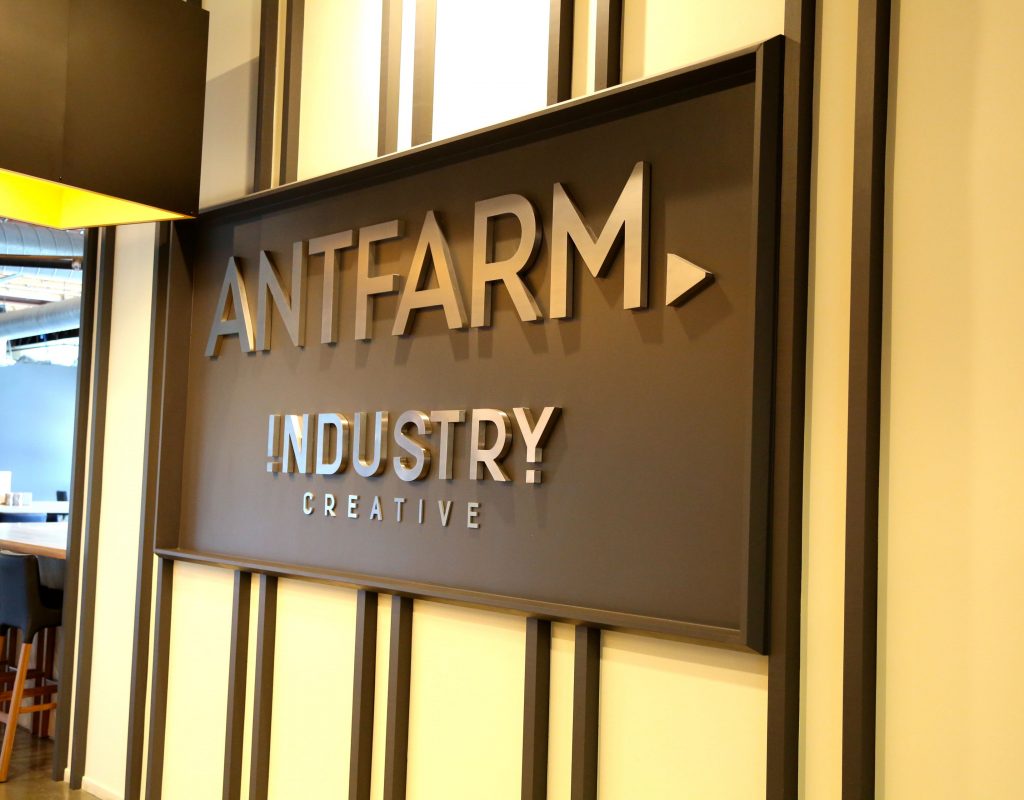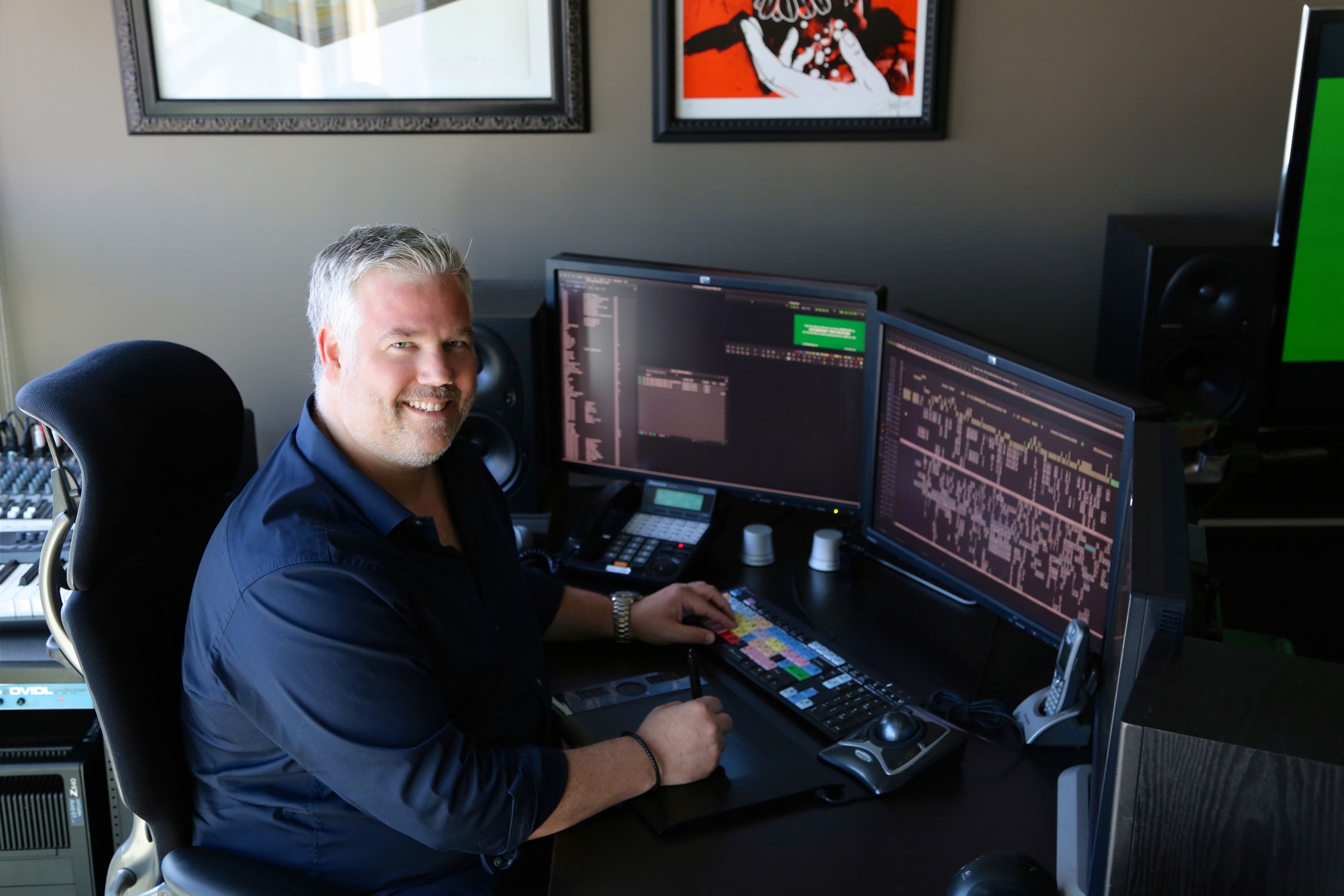 Recently I asked readers of Art of the Cut about what types of editors they wanted to hear from. The poll numbers showed: doc editors, trailer editors, indie editors and then blockbuster Hollywood editors, in that order. I’ve done several documentary interviews, including one recently and another coming in the next couple of weeks. Also, I’ve done interviews with several recent indie film editors, so trailer editors seemed to be the natural choice to fulfill the readers’ desires. Please enjoy this interview with Doug Brandt who is CEO and Executive Creative Director at Ant Farm, a leading agency in Hollywood, and Industry Creative, the theatrical trailer division of Ant Farm. Doug started as a trailer editor and also created a sound design and music house – Phantom Power – that caters to trailers and the film and TV industry
Recently I asked readers of Art of the Cut about what types of editors they wanted to hear from. The poll numbers showed: doc editors, trailer editors, indie editors and then blockbuster Hollywood editors, in that order. I’ve done several documentary interviews, including one recently and another coming in the next couple of weeks. Also, I’ve done interviews with several recent indie film editors, so trailer editors seemed to be the natural choice to fulfill the readers’ desires. Please enjoy this interview with Doug Brandt who is CEO and Executive Creative Director at Ant Farm, a leading agency in Hollywood, and Industry Creative, the theatrical trailer division of Ant Farm. Doug started as a trailer editor and also created a sound design and music house – Phantom Power – that caters to trailers and the film and TV industry
HULLFISH: Does everybody in the world want to be a trailer editor? That’s what I want to know.
BRANDT: I think if they knew the hours that you put in: It’d be no. I think a lot of people think it’s an easy job.
HULLFISH: I know it’s not easy. I’ve cut a few trailers myself, but not at the scale you’ve done. How did you get in the trailer business and where are you in the trailer business now? You kind of evolved into your current position, right?
BRANDT: I got into the trailer business, like most people did 20 years ago by accident, because nobody really knew it was a job. I spent more than a decade being an editor, now I’ve evolved into a CEO / Executive Creative Director. I had a friend who helped my girlfriend (now wife) get a job at a trailer house. Coincidentally, the trailer house that evolved into the one I’m running right now. She used to work here as an assistant editor. That led to her hearing about an assistant editor job at another company and that as my entrance into the business. I spent a lot of time editing in high school and in college, we were one of the first schools to get Avid. I went to Ohio University. I think we were the 3rd College to become an Avid licensed training center in the country. I think the others were NYU, USC or UCLA film school and then Ohio University became the 3rd one. It was a huge advantage for me when I came out here. There were editors that had been editing for years who were just getting into how to run an Avid. I was coming in with that experience and that was a huge help.

HULLFISH: What year was that?
BRANDT: I came to LA in ‘95, I started doing P.A. work on commercials, then worked as a video game tester, then entered the trailer business in ’96. I got an assistant editor position at a small trailer house. As an assistant, I was also doing the finishing and chores like ordering tape stock. I had a bit of a graphic design and animation background and I saw that they had a very good print department but they weren’t doing motion graphics, so I knew some After Effects and was able to take the print work and make motion graphics for the trailers that we were working on. One of the first trailers I was involved with, not as an editor, but motion graphic designer was Baz Luhrmann’s Romeo and Juliet. I was kind of hooked after that. It was a lot of fun working on trailers. I became a full-time editor there after 6-months and worked on movies – mostly TV campaigns at first. When you’re getting into trailer editing your first assignment is 15-second spots and review spots, before you start working on the longer form stuff because it is a higher level of difficulty. After a few years I went freelance and worked on some TV pilots. Then I landed on a show on MTV called BioRhythm. I was actually a fan of the show and sought it out because I really loved the editorial style of it. When you look at it now, it’s very 90s: images with pans and zooming in on things all the time, it was like Ken Burns on steroids and speed. But it was a half-hour show where you were telling someone’s life story through interview clips and music videos and motion graphics. I met some of the best editors I have ever known on that show. Many of us continued on to another TV show after that one ended and then I brought some of them over to trailers because I thought they’d really like it. Some of them have become the best editors in the business. Now, I’m a CEO / Creative director so my job is to help guide editors. I really do enjoy helping to develop talent and I’m fortunate to be surrounded by a lot of very talented editors.
https://www.youtube.com/watch?v=5ZqxOb2tJIo
HULLFISH: Tell me a little bit about the editing process for some of these bigger trailers. What is the team like, as far as a writer, a producer, a creative director and editor? Who is helping the process? And how does the process really begin?
BRANDT: We collaborate with the entire team at the beginning of the process. A great idea can come from anyone, but It really begins with a conversation with the clients. We really interface with the studio marketing department, because the studio is the one who is really trying to figure out what message is going to make people really want to see this movie more than any other. So we begin the conversation with them. That can range from “make it cool,” “do your thing on it” to “here’s the position we want to take on this movie” and be very detailed about what’s important and what not to do.
HULLFISH: Do you get a lot of creative briefs? The couple of trailers I’ve done, I got a creative brief of who the audience was, what they felt the main messaging was in the movie or in the video that they were trying to support, or is that something you’re getting from the conversation?
BRANDT: We’re getting that in the conversation basically.
HULLFISH: I know from a couple of trailers I’ve cut and from editing some features that oftentimes the trailer editor is working with a film that is only partially edited. So what do you do to cut a trailer for an unfinished film? Definitely VFX aren’t done yet.
BRANDT: Sometimes the VFX will get accelerated for marketing and that’s why you’ll see different versions of the shot over the course of a campaign so it might appear as a teaser and it was the best that they could get it for that release and then over the course of the trailer and final film – especially if it’s a difficult shot that keeps improving over time – we’ll get updated VFX on that shot over the course of the campaign. Sometimes we are getting dailies as they’re shot.
https://www.youtube.com/watch?v=IqQzvfn_s30
One extreme example would be the Cloverfield teaser. That script was not complete yet when we started the teaser process. They have had a long treatment written, about half a script written. We read it and got the jist from conversations with the filmmakers and with the studio, which was Paramount. We had a meeting to talk about what the film would be like. Since they were doing “found footage,” we took clips from YouTube of kids at parties and filming their friends and then clips from creature movies, disaster movies or even real disasters without getting too gross. Just something where people are reacting scared to something and did a real rough cut with YouTube videos first to get a feel of what this thing would be like. Then they did a special shoot for that teaser. That teaser was all a special shoot, but they also knew they were going to have this party scene in the movie and they knew that the characters running up on the roof and running outside and seeing the Statue of Liberty head rolling in the street. They knew that is how they wanted to end the teaser.
HULLFISH: That’s one extreme right? You’re shooting stuff just for the teaser. On some of the films I worked on, they accelerate the VFX on certain shots based on what the trailer guys want, not necessarily about what we want. Could you talk to me a little bit about that process? What level of the movie completeness are you actually seeing where you think, “Oh that will be a cool shot eventually. I have to have that in the trailer?”
BRANDT: A lot of times we are working with dailies as they come in and Animatics. We are getting the early version of the film where we are given access to all Animatics to try to help figure out what those memorable trailer moments are. Of course it all depends on how it fits in with the story. The story is the main thing that we always want to sell. As we go through our creative process, we’ll sometimes get feedback from VFX like “no that’s not going to be possible” knowing that the trailer has to come out by Christmas or something. So sometimes the challenge is to make the best thing that you can make out of what you have. Sometimes we’ll be cutting something on a tight deadline and maybe a week or two before we’re supposed to be done a new shot comes in that works great for the trailer then the studio and director figure out how to get at least part of the shot done in time for the trailer.
HULLFISH: Two of the things that I think trailers are known for — especially looking at some of the trailers, like Teenage Mutant Ninja Turtles – is relying on a fantastic music track. Talk to me a little bit about. Does that music get chosen first? What’s the process?
https://www.youtube.com/watch?v=HeaugHGd1Kw
BRANDT: A lot of what we do is finding that right tone and music is key to that. A music cue can make or break a marketing campaign, so we spend a lot of time trying to figure out what the right music is. A lot of times we find something that is in the ballpark and sort of move ahead to get the cut going, but we’ll continuously be looking for other options for what we feel is going to meld with the material correctly. That’s the thing about songs in film. There are some combinations that they just make each other more magical. We’re always searching for that combination – whether it’s a lyric or the style of the song that complements the footage and story you’re telling. That’s always extremely high on our list. Sometimes we find it close to the end and sometimes we find it right at the beginning.
We are blessed to have an amazing music department. We have 3 music supervisors and 2 full-time composers and sound designers on staff. A lot of what you see with trailers now-a-days is doing cover versions of famous songs or just stripped down versions where it’s just the minimal recognizable lyric of it and then the song is heavily modified. That’s definitely trending right now.
HULLFISH: That’s what your composers are doing?
https://www.youtube.com/watch?v=sMEgSLetjHw
BRANDT: Absolutley, a great example is our trailer for “The Woods” aka “Blair Witch”. That was recorded and composed completely in house. One of our music supervisors has an amazing voice so she sang on it. Our supervisors are also working with outside library companies. A lot of them are putting out cover songs, because it’s so popular now they have albums of cover songs that could be used for trailers. Things like a pop song, that when you strip it down and put it into a minor key becomes something that is good for a horror movie or just makes a pop song feel more cinematic and dramatic.
HULLFISH: You mentioned sound designers. That’s obviously the other huge thing with trailers. Do you have a sound effects library? (I ask sarcastically)
BRANDT: (laughs) We have many. I started my own sound library back about the time I started working on Transformers. When I watched the Texas Chainsaw Massacre trailer that had the middle section with the repeating photograph sound to it and it inspired me and reminded me of one my favorite teasers of all time: the original Alien teaser. Alien has a repeating sound that evolves through it. And so I started experimenting with sound. For the Transformers teaser I made the entire sound bed for it with drones and sound design and hits and things, after that I started a sound design company: Phantom Power. We make all kinds of music for trailers and advertising.
http://www.traileraddict.com/transformers/trailer-a
HULLFISH: Let’s talk about the video editing. You said the story is very important. With some of the trailers that I’ve cut – It’s not necessarily the story of the movie that is the story of the trailer, correct? Tell me a little bit about figuring out what the story can be once you watched the movie? Is there an example where you could say, “here’s the story of the movie and here’s the story of the trailer” or how you make those decisions about what you’re trying to tell people?
BRANDT: The main goal to marketing is to put butts in seats. And the challenge for us, a lot of the times, is not to just make it about the lowest common denominator, don’t just appeal to that, but also stay true to the film’s intent. Over the last few years especially, there was a lot of backlash, lets say 8 years ago, of people being very vocal that trailers were being deceptive. Nowadays, there’s a desire to stay true to what the film is, but yet sell its best parts. We don’t do a lot of bending, I think we do positioning, we try to focus on the best parts, but we don’t try to out right lie about what it is.
HULLFISH: I was thinking about the Transformers trailer that I saw. It doesn’t tell you too much of the plot. You don’t want to give them everything, because that’s a big reason why people want to go see the movie. They want to know the story and if you tell them the story in the trailer they’re like “great I just saved myself 2 hours and 10 bucks.”
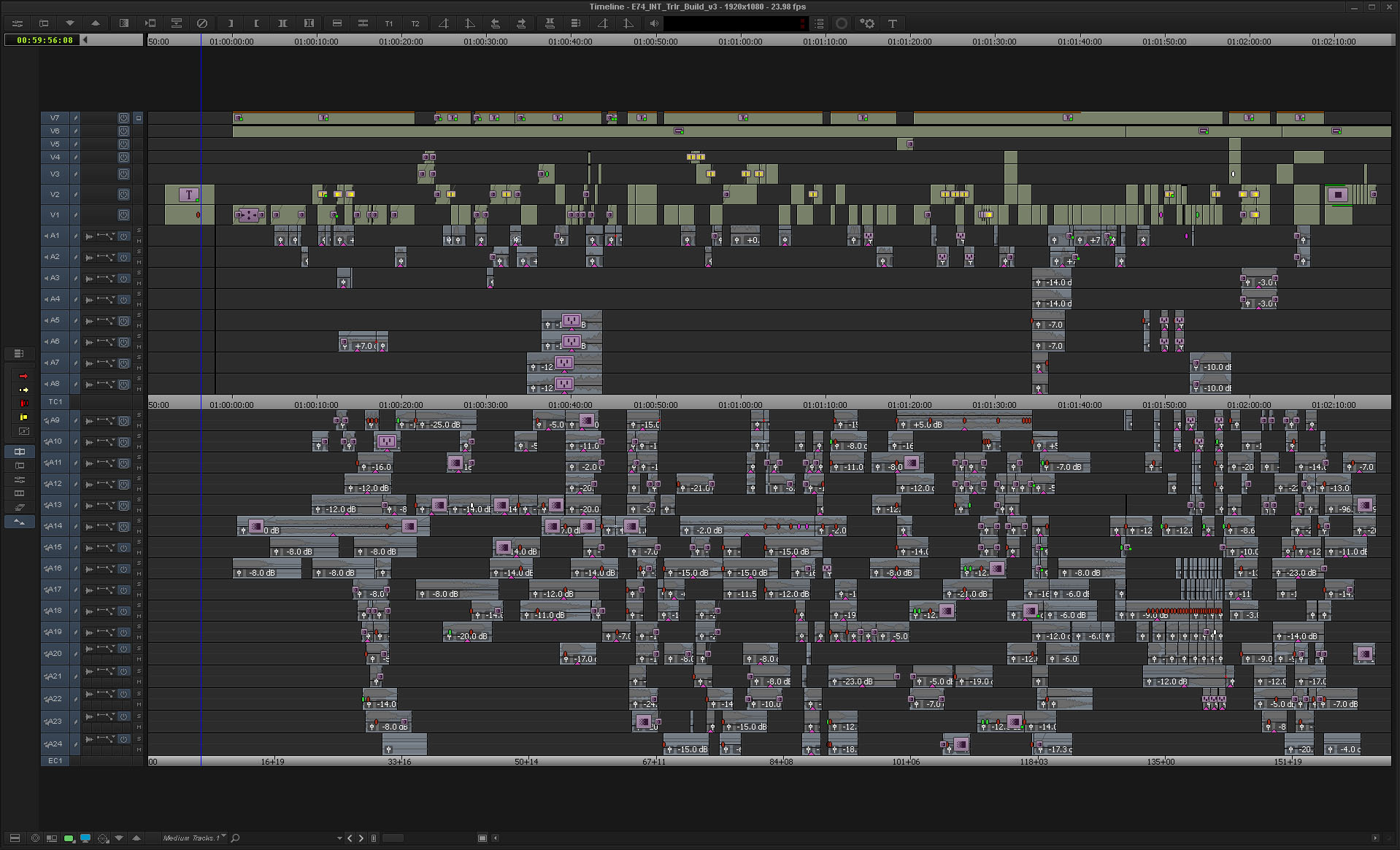
BRANDT: Exactly. What we ideally do is create intrigue and make people want to know the answer to questions that we bring up in a teaser or trailer. That’s the best place to be, to feel like you gave the audience the set up, the basic idea, maybe the feel for the characters and show what sort of conundrum they’re in and make you want to see how they’re going to get out of that. Do they get out of that? What happens? If we’re leading an audience to want to know more, than we’ve done our job.
HULLFISH: When I’ve cut trailers I go through a movie and pull sound bites – mostly exposition that I might need to start telling the story. What does the audience need to understand what the dilemma is? And then I pull great visuals: “this is a perfect little motion, that’s a great action, that’s a perfect head turn, here’s some emotion.” Plus additional quick emotional or propulsive soundbites… like one-liners. Talk to me through that process of watching the film and deciding what your elements are that you’re going to work with.
BRANDT: When we break down a movie, we categorize our dialog, do a master string of all the dialog and snip out all the air and break it down by character. So if you’re looking for a line by one person, because you need them to respond to something, you can quickly go through their entire dialog. I sort of pull my A+ favorite lines as a separate one as well. We also sometimes transcribe it so we can easily search for dialog. We do the same for the visuals. A lot of times editors will actually turn off the audio and play some music or something and go through the movie and just organize the shots by wide shots, action shots, character close ups, emotions, things like that and categorize them so that as they’re making the trailer they can quickly see what their options are for that character. It’s nice to see the movie and by turning off the audio you can think of other ideas of how this shot can be used to explain some other idea.
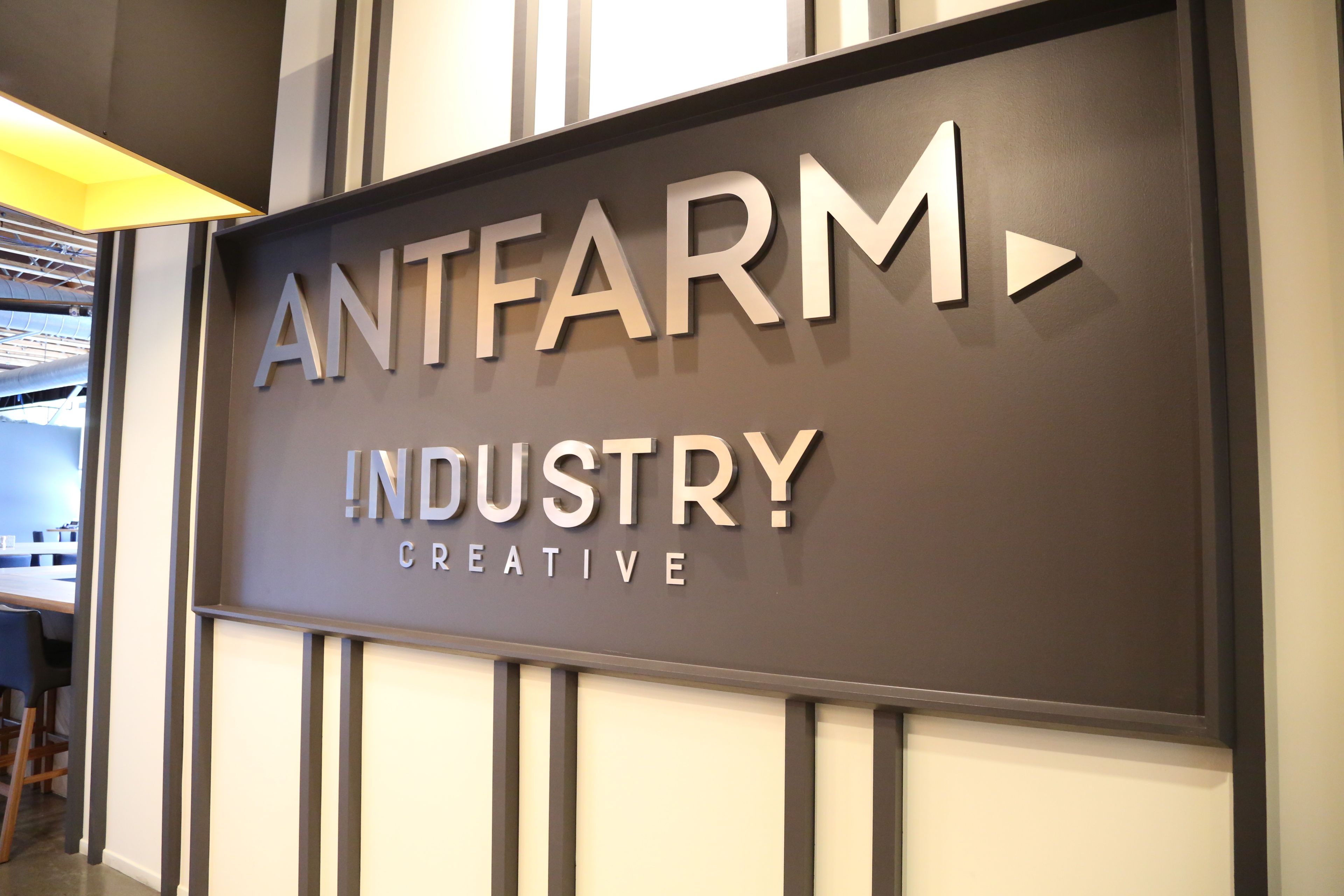 HULLFISH: That’s something else in trailers that is key. That there are usually two things going on at once. The audio is almost never the synced video. You almost never see anyone speaking an entire line of dialogue. We hear him speaking, so let’s show him doing something else. Talk to me a little bit about that process of starting to build the trailer.
HULLFISH: That’s something else in trailers that is key. That there are usually two things going on at once. The audio is almost never the synced video. You almost never see anyone speaking an entire line of dialogue. We hear him speaking, so let’s show him doing something else. Talk to me a little bit about that process of starting to build the trailer.
BRANDT: It all starts with the audio bed and the dialog structure and we end up filling in picture last. I would say that is the traditional way trailers are built. I always like having a process, but it’s also important to know when to break it. There’re trailers that I’ve done linearly from beginning to end. I get the dialog and the music going and fill in the picture for that scene and I feel like I can’t move on till I know exactly what goes there. The Battle of Los Angeles trailer, I did it that way. I had to have those beats lay out and feels the emotion to know where to go next. So that was one where I broke the way I usually do it.
HULLFISH: Someone was just telling how good the score was for the Battle of Los Angeles movie. Someone used it as temp score. I’m assuming you don’t have access to the score when you’re cutting the trailer.
BRANDT: Usually it has not been done yet. Sometimes we’ll get the composer’s work-in-progress. I do a lot of work with Michael Bay and he loves what Steve Jablonsky does for the movies, we’ve worked with Steve a few times on the trailers for Transformers movies.
HULLFISH: Jablonsky’s trying to do a score for the movie and score for a trailer at the same time?
BRANDT: We’ll get an early version of the movie score and If there is a track that works we might ask him to add more drums or something so that we can make the intesity build in the trailer. He’s modifying what he did for the film to work for the trailer it’s not completely from scratch. If I could cut every trailer with a click track then have Steve Jablosnky score it my life would be much easier, he’s amazing.
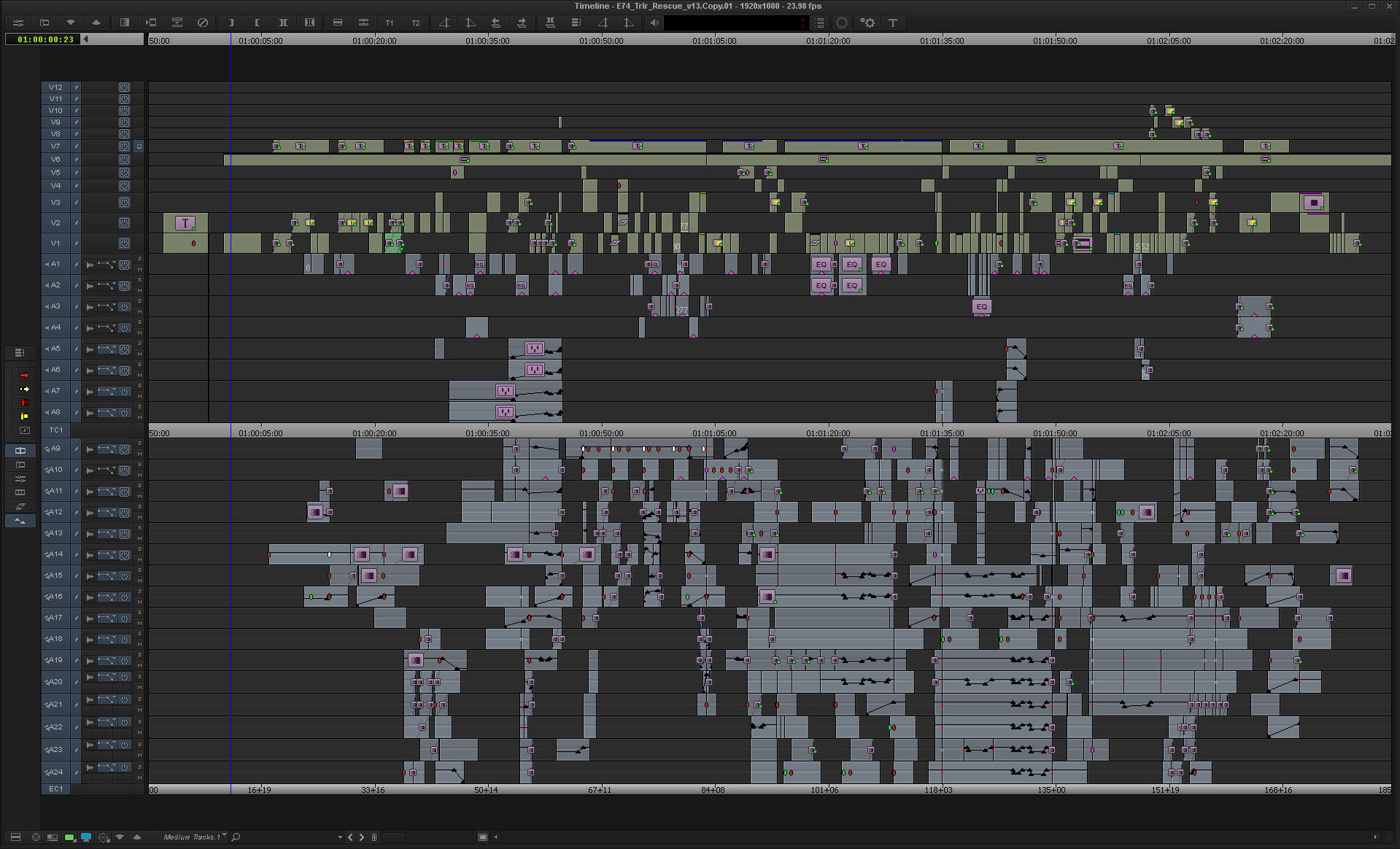 HULLFISH: Is there anybody actually writing it? Or is the editor constructing the trailer without a script?
HULLFISH: Is there anybody actually writing it? Or is the editor constructing the trailer without a script?
BRANDT: It varies. Most of the time we are roughing out the basic moments in a conversation: “This is a good opening moment. Here’s the general story we want to tell in the middle. You’re building to the big action packed end. Or we want to leave the audience with this thought.” But I would say overall, with trailer editing, the editor has a lot more freedom than a lot of other forms of editing that I have experienced. We’re not given storyboards. We’re generally not given paper cuts. But if we feel like we’re struggling, we’ll all come together as a team and have producers help write it out. The way it usually works best, is that the editor is bringing some storytelling skills to it and some style to it. Working as a creative director now I’m hopefully giving them the general idea and letting them express themselves.
HULLFISH: What about pacing? One of the things I liked a lot from the 13 Hours trailer was the slow burn build into the more and more danger. Not every trailer has to be “killer speed” from beginning to end. Talk to me a little bit about pacing in trailers.
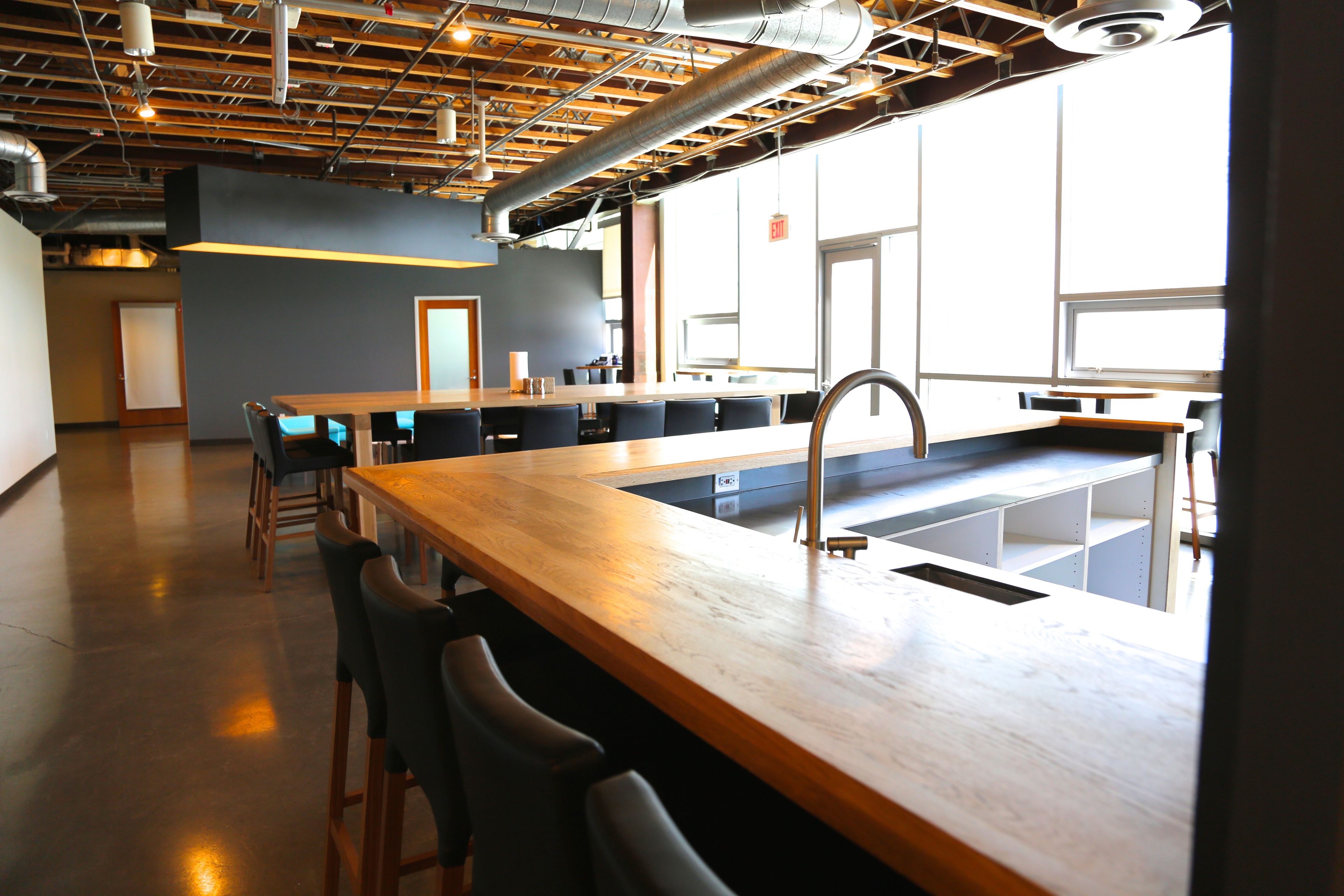 BRANDT: A lot of that is about the emotion you want to express. That trailer in particular, is a about the tension of what’s about to happen. Those are always some great trailer moments and great movie moments when you know the danger is there and you’re seeing the characters expecting this and waiting to see how they react to that. Pacing on a trailer, the thing that I like to do most, is do the unexpected. We zig when you think we’re going to zag and give you something that you never thought would have gone that way. For example, in the early Transformers, they sound more like horror movies when you listen to them. It has to feel natural to the footage as well, the pacing of it. You want to have audiences excited. You hear all the time that trailers tend to build in the back end. You’re given all these plot stories and get invested in the characters and see something amazing happen to them or see them face incredible odds. So a lot of times we’re planting seeds early on and really ramping up the pace in the back end of a trailer sort of build excitement and feel exhilaration.
BRANDT: A lot of that is about the emotion you want to express. That trailer in particular, is a about the tension of what’s about to happen. Those are always some great trailer moments and great movie moments when you know the danger is there and you’re seeing the characters expecting this and waiting to see how they react to that. Pacing on a trailer, the thing that I like to do most, is do the unexpected. We zig when you think we’re going to zag and give you something that you never thought would have gone that way. For example, in the early Transformers, they sound more like horror movies when you listen to them. It has to feel natural to the footage as well, the pacing of it. You want to have audiences excited. You hear all the time that trailers tend to build in the back end. You’re given all these plot stories and get invested in the characters and see something amazing happen to them or see them face incredible odds. So a lot of times we’re planting seeds early on and really ramping up the pace in the back end of a trailer sort of build excitement and feel exhilaration.
HULLFISH: And the thing with the 13 Hours movie is everybody knows how it’s going to end, so it’s more anticipation that you’re trying to build.
BRANDT: Right, It’s about experiencing a side to the story that you don’t know, even if you know how it ends. I think that in editing in general, the things that are most interesting are when people bring influences from unexpected places, whether it’s from some piece of art or a song that is not the norm. That is sort of our consistent challenge: “don’t do the expected thing” or else no one is going to be impressed. You can’t just support the movie. You’ve got to elevate the movie to its best possible form.
HULLFISH: I was thinking of one of the trailers that I watched that had an unexpected lack of sound: it was in the middle of a huge gun battle and there’s no gunfire sounds. Or the Transformers crushing the city and there’s just silence as somebody looks around in awe but there’s no sound effects. Talk to me a little bit about that idea: the lack of sound sometimes is powerful.
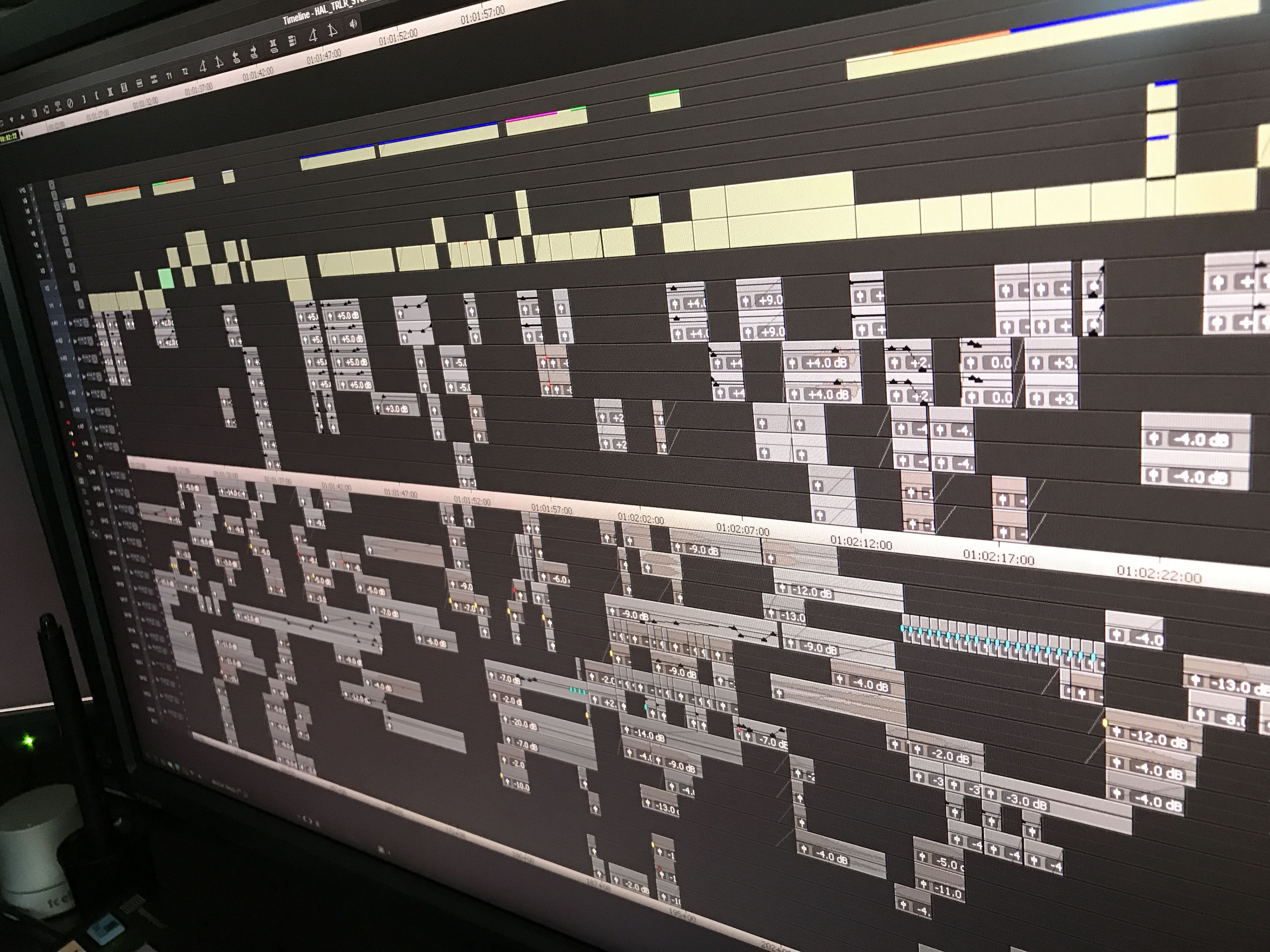 BRANDT: That allows your imagination to take over a bit more. Being selective and focusing on the emotion in a close-up of a character. It’s about pointing the audience in a certain direction or leading them to a void to fill in. A lot of times we use the phrase “theater of the mind.” Sometimes black is more interesting than any shot could be, if combined with the right dialog and the right sound. Having a character’s dialog line under black. If they’re just an in ordinary room or something, like you’re seeing fantastic on either sides of that line. Having their line in black sometimes makes it even more impactful. That allows your imagination to take over a bit more.
BRANDT: That allows your imagination to take over a bit more. Being selective and focusing on the emotion in a close-up of a character. It’s about pointing the audience in a certain direction or leading them to a void to fill in. A lot of times we use the phrase “theater of the mind.” Sometimes black is more interesting than any shot could be, if combined with the right dialog and the right sound. Having a character’s dialog line under black. If they’re just an in ordinary room or something, like you’re seeing fantastic on either sides of that line. Having their line in black sometimes makes it even more impactful. That allows your imagination to take over a bit more.
HULLFISH: Did you think there will ever be a return to the Don LaFontaine voice-over guy?
BRANDT: That’s something that’s gone away. Audiences became more educated about advertising and more aware of when they’re being sold something. That was a tool that was always in the trailer toolkit that we basically had to take away. So that’s made it more challenging. When you look at the more old-school trailers, it’s narration from head to toe with a few lines with the characters here and there, because that narrator is telling you the message they want you to hear. We’re one of the only forms of advertisement where you’re really getting a free sample of what you’re going to be buying, but it’s not going to be exactly the same when you go see it. I don’t think we’ll ever go back to voice over. If we do it, it’s more in a cliché, fun, retro type of way, but I think that form of storytelling is not really working right now, because audiences feel like they’re being sold something and back away.
HULLFISH: Graphics also seem to have gone away. I don’t see a lot of those “in a world” on the screen kind of thing. For a while big text replaced the voice over, but that’s gone too.
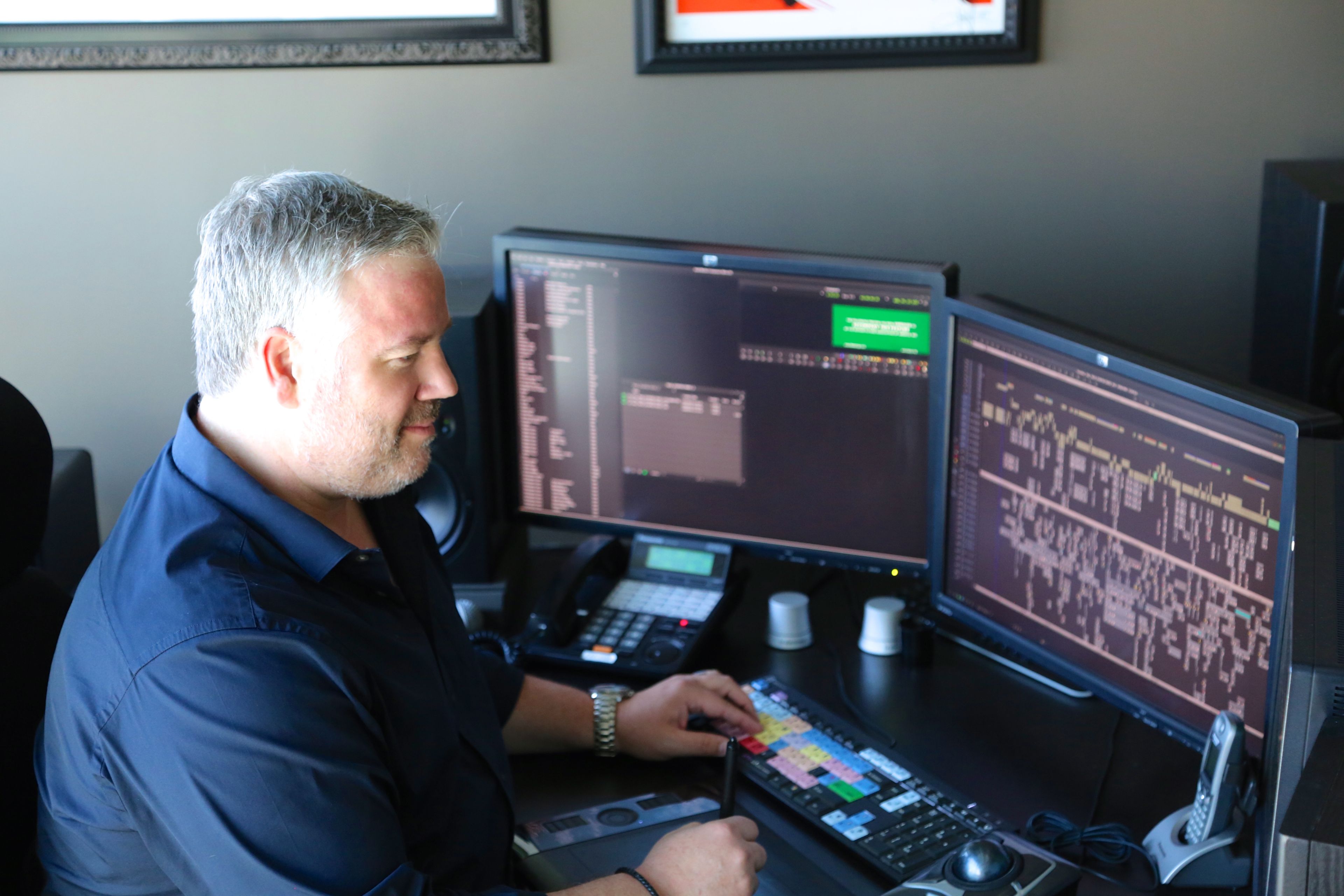 BRANDT: We used to do much more complicated motion graphics. Big 3D intricate graphics. Now it’s more about embracing what’s in the movie and being simple and letting the film speak for itself, because that way people feel like they know what they are getting. I do still love it when we get to devlop the graphic brand for a film, we have an amazing motion graphics department. I’ve thrown them some big curveballs and they always manage to make it great. They work on everyting: main title sequences, brand content, large scale projection you name it they can do it.
BRANDT: We used to do much more complicated motion graphics. Big 3D intricate graphics. Now it’s more about embracing what’s in the movie and being simple and letting the film speak for itself, because that way people feel like they know what they are getting. I do still love it when we get to devlop the graphic brand for a film, we have an amazing motion graphics department. I’ve thrown them some big curveballs and they always manage to make it great. They work on everyting: main title sequences, brand content, large scale projection you name it they can do it.
HULLFISH: Any little tricks of the trade?
BRANDT: Part of making trailers is keeping up with trends or ideally creating new trends. It’s always about not just copying what someone else has done and always trying to make something fresh and new.
HULLFISH: What are some of the favorite trailers you’ve seen lately? And what did you like about them?
BRANDT: I did really like the campaign for The Witch. The campaign for that movie was very scary and very unique. I also really liked the red band trailer for Don’t Breathe; I thought it was really solid. Kong: Skull Islnad had a really sharp final trailer. That recent Transformers trailer with the epic score is a really good one (wink wink).
https://www.youtube.com/watch?v=6Vtf0MszgP8&t=4s
HULLFISH: What are the editing trends in trailers right now?
BRANDT: I think the biggest thing is still is how much it’s about the music. The music is so important.
HULLFISH: Does everybody edit in Avid? Or are some people in Premiere? Or nobody cares?
BRANDT: Most shops are moving to Premiere. Some are hanging on to Final Cut 7 for dear life. Any of the major shops have moved over to Premiere by now. We’ve been with Avid the whole time and not moved over but we’re always looking to see how the tools are evolving to evaluate what’s best for us. Avid and Premiere are definitely the two top right now. We are a big shop so having that large network environment and the media management of Avid is what’s been key for us.
HULLFISH: Are you usually working on multiple editors on one campaign?
BRANDT: It depends how big the movie is. The big tent-poles, yes. We’re cutting teasers where we’re usually doing two or three versions, so we’re working with two or three editors and by the time we get to the TV campaign for something like Transformers, we have a dozen editors working on it.
HULLFISH: And what’s a typical schedule for a single trailer?
BRANDT: It varies wildly but we try to give editors two weeks to cut a v1. That includes breaking down the movie, searching for music, and writing scripts. A trailer can go to over 50 versions cut over the course of 3-6 months average. I’ve cut and finished trailers in a month, I’ve had some that took nine months from start to finish.
HULLFISH: It’s been great talking with you. Thanks for shedding some light on trailer editing.
BRANDT: Absolutely I love talking about trailers, they are a very demanding but highly creative form of editing that’s unlike anything else. Thanks for having me it’s been great!
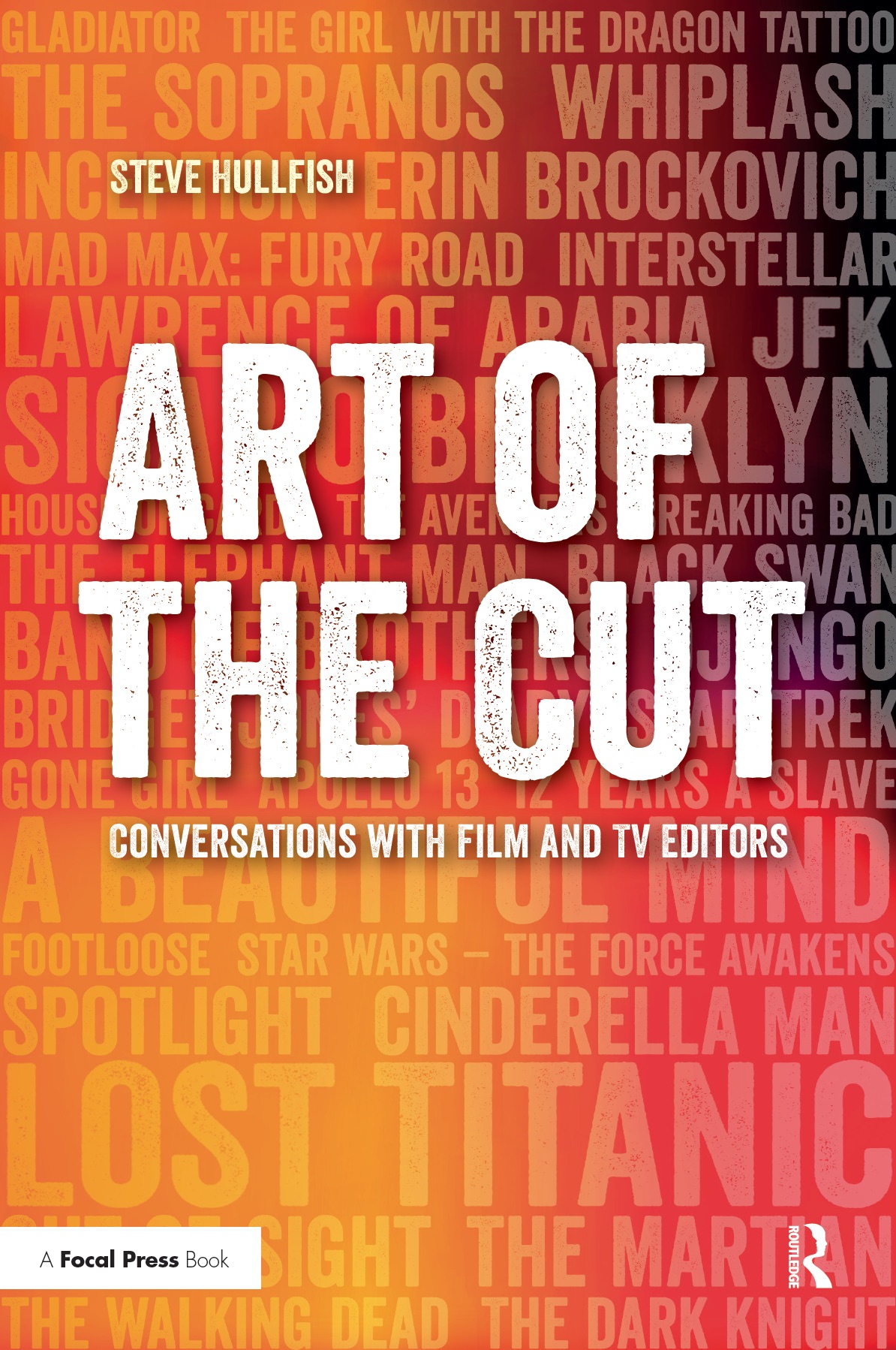 To read more interviews in the Art of the Cut series, check out THIS LINK and follow me on Twitter @stevehullfish
To read more interviews in the Art of the Cut series, check out THIS LINK and follow me on Twitter @stevehullfish
To hear Phantom Power music and sound design check out THIS LINK
The first 50 Art of the Cut interviews have been curated into a book, “Art of the Cut: Conversations with Film and TV editors.” The book is not merely a collection of interviews, but was edited into topics that read like a massive, virtual roundtable discussion of some of the most important topics to editors everywhere: storytelling, pacing, rhythm, collaboration with directors, approach to a scene and more. Oscar nominee, Dody Dorn, ACE, said of the book: “Congratulations on putting together such a wonderful book. I can see why so many editors enjoy talking with you. The depth and insightfulness of your questions makes the answers so much more interesting than the garden variety interview. It is truly a wonderful resource for anyone who is in love with or fascinated by the alchemy of editing.”
Thanks to Abraham Contreras from Moviola for transcribing this interview.

Filmtools
Filmmakers go-to destination for pre-production, production & post production equipment!
Shop Now